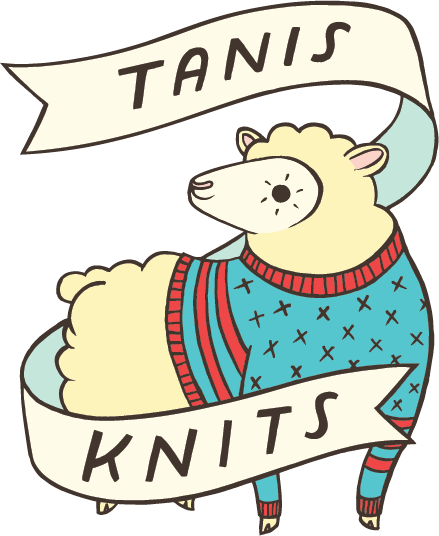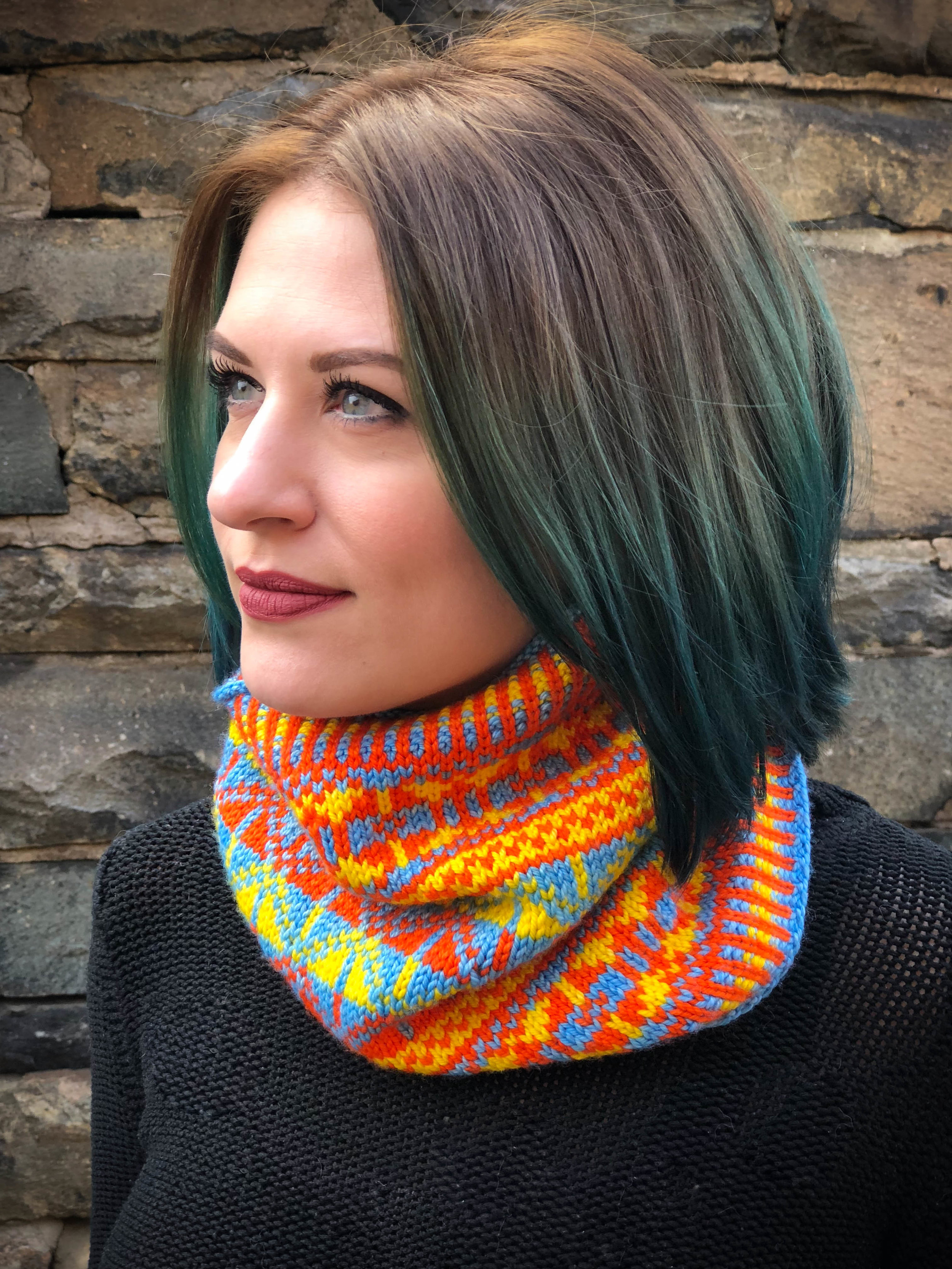I have a lot of Spring Break memories.
Sometimes it would be my mom and I heading up north to New Hampshire with my dad staying behind to work and my brother gone to college. She and I would spend a lot of time knitting together and it would still be cold enough to have a fire at night. She'd make me hot chocolate, get the fire going, and we would sit with our knitting, happily stitching away.
Another year was spent on Daytona Beach and I'll guarantee you when you think bathing suits and partying, that couldn't be further from the truth. Picture instead a bunch of RISD kids huddled under a beach umbrella studying feverishly for our Art History final exam, which would be 50% of our grade (I rocked that test, by the way). Why not study on sand instead of snow?
When I entered "the real world," Spring Break became a thing of the past until my son started school and we began visiting my parents in Naples, Florida when we had a break in the school calendar. This past Spring Break was spent going to the zoo, walking the shore looking for shells, visiting the botanical garden, walking the swamps, playing in the pool, and exploring. I was also fortunate enough to teach a Fair Isle workshop at the wonderful Four Purls in Winter Haven, Florida. We tend to do a LOT when we vacate our everyday routine, and through this delightful family trip, wherever we went, I brought my knitting with me.
One of my students was knitting with a sparkle yarn one evening a few months back and after researching the company, I was excited to learn that it wasn't all that far away in Maryland. I reached out to the company and before I knew it, I was having lunch with Beth from Susquehanna Knitting Company and talking about doing some projects together. I wound some of her Susquehanna Sparkle Silk DK, a twinkling DK with a squishy combination of super wash merino, silk, and stellia. I knew it would be Fair Isle (duh) and I knew it would be coming along to Florida with me.
I knit on the plane, at the beach, by the pool, in the car, before the workshop, in the evenings. I'm a knitter - that's just what we do. Have knitting, will travel. Begun with a provisional cast on and kitchenered together at the end, the Spring Break Fair Isle cowl is knit in the round as a tube on US 7s so there is never a visible wrong side. The stranded color work is a 4 patterned section rep completed twice, and designed to use up almost every bit of yarn. Plus, it sparkles. The colors are Florida, it was super easy to pick up and put down without fussing over where I left off, and I already had it around my neck when we got back to northern Virginia and it was cold. I love this design for the memories it carries, the colors, and the sparkle. It is a project designed to come along with you on your Spring Break - or any break.
Susquehanna Knitting Company has made a beautiful limited edition kit available at a discount using the colors I chose for the original design - Seagrass, Prussian, and Peony, chose a neutral combination, or you can make your own. Head over to her website here for more info.
Download the Spring Break Cowl pattern here and share your favorite Spring Break story in the comments!

















